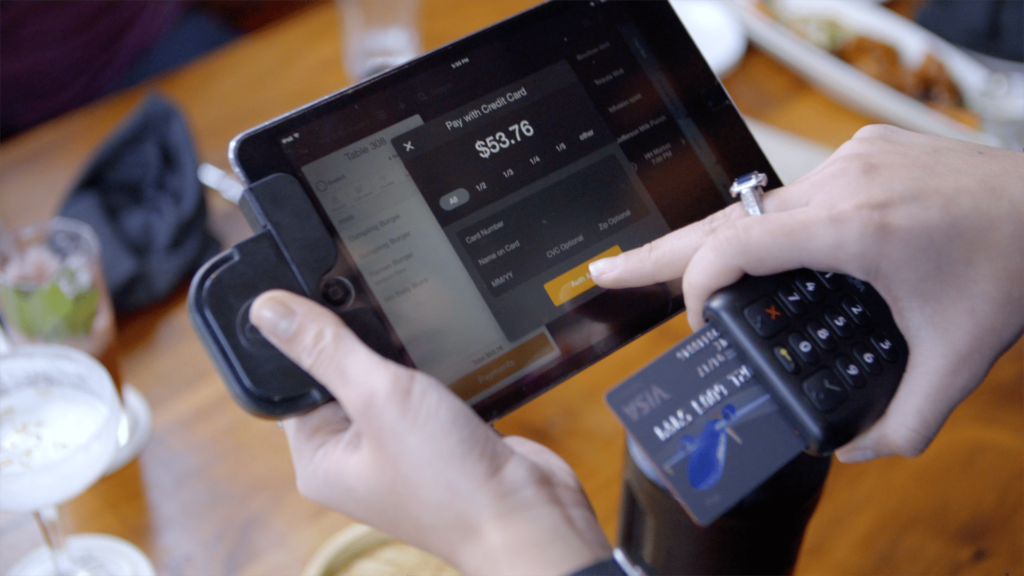EMV vs. POS! Why do Restaurant Owners Need to Know Everything?
The latest data from the global technical body for managing EMV specifications indicate that 58.9% of card-present contact and contactless transactions globally are EMV-enabled. The latest data reveals a significant increase from the previous 12-month period, which showed 42.4% of transactions were EMV-enabled. The 16.5% year-over-year jump has occurred as more merchants upgrade their terminals and payment processing technology to be EMV-equipped.
Keeping in mind that the U.S. adopted EMV much later than some regions, here’s how the figures compare.
- Broken down by region, the U.S. saw the highest YOY increase, with 31.4% of transactions being EMV-enabled. (Compared with 7.2% the year prior).
- Across most of Eastern Europe, the EMV transaction rate is 98.2%.
- Across Africa and the Middle East, the rate is 90.2%.
- The rate for Western Europe and Russia is 89.1%,
- For Canada, Latin America and the Caribbean, the rate is 87%.
- In comparison to the U.S., UAE, and East Asia has a similar EMV transaction rate at 56.2%
EMV Cards & Data Processing Security Chances
While EMV cards are a security measure designed to decrease counterfeit purchases, according to a National Restaurant Association Report, EMV chips only guarantee that a specific card is a legitimate card (as opposed to a counterfeit one).
Even though all of this is going on behind the scenes, much of your daily business life will remain the same—you’ll be offering up goods and taking credit card payments like you always have. What is different, though, is where the liability falls when chargebacks occur.
As the report says, the “back-end processing remains the same. The card number will still be sent unencrypted and is still susceptible to hacking.”
So, they’re a more secure solution, but not an entirely secure solution.
For the Owners Out There
What can restaurant owners do to protect themselves in an environment that is transitioning more liability to merchants rather than credit card companies? The most straightforward solutions lie in your POS system.
Liabilities and Cost at EMV
If you have a legacy, in-house POS system (the larger, on-premise terminals) and you’re determined to keep it that way, the best way to protect yourself against chargeback liability is by investing in a third-party EMV reader.
Here’s how it works:
- If your customer uses an EMV card and you have a chip-compliant terminal, the card issuer is liable for chargebacks.
- If your customer uses a card that doesn’t have a chip and swipes it at your terminal, the issuer is liable.
- If your customer has an EMV card, but you’re still using a terminal that only allows for magnetic swipes (i.e., isn’t EMV-compliant), you’re liable for charges over $25.
So, while restaurants aren’t required to make the switch to EMV chips, there are some pretty severe downsides to choosing not to, and EMV chips are only becoming more and more common.
Costs will include original hardware that can run up to several hundred dollars, service and support fees throughout, and any one-off costs associated with updates and extra training you and your staff will have to undergo.
POS is the New King
Cloud-based restaurant POS systems, on the other hand, offer a much more manageable switch. If you’ve been thinking about changing to a more technologically advanced POS system anyway, an accessible path to EMV compliance is a significant selling point. Cloud-based solutions often include integrated EMV solutions, plus software updates happen with the tap of a button.
Why POS is the New King
Another bonus of cloud-based POS systems is that they offer more options and access to encryption and tokenization services which are the best way that restaurant owners can protect themselves against fraud. Remember, EVM only ensures that a card is authentic—they don’t guarantee that data is safe. These tech advances add increased data security for both restaurants and their customers in an age where hacking happens often.
You get to decide what’s best for you and your restaurant.
Whether it’s EMVs, encryption, or the next wave of advancements, the best way to protect yourself is with knowledge. The more you know about what’s going on (in this case, EMV chips), the better decisions you can make.

